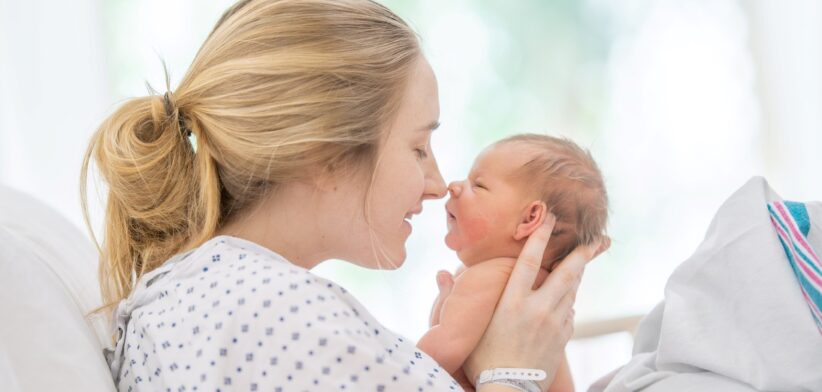Women are living longer because fewer children are dying, a new study has found.
Research out of Cornell University in the United States found that the decline in childhood mortality during the 20th century had added a full year to women’s lives.
Matthew Zipple, a Klarman Postdoctoral Fellow in neurobiology and behaviour, said several studies had found that mothers were more likely to die in the years following the death of a child. This effect did not show up in fathers.
Mr Zipple said in 1900 the United States population was made up of two approximately equal-sized groups.
“One was mothers who had lost children, and one was mothers who had not,” he said.
“If we compare that to today, when child loss is mercifully so much less common, nearly all those women who had lost children are shifted into the non-bereaved category.”
Using mathematical modelling, he calculated how the absence of bereavement affected the lifespans of present-day mothers in the United States and estimated that the reduction in maternal bereavement added, on average, a year to women’s lives.
In his paper, Reducing childhood mortality extends mothers’ lives, Mr Zipple cited several studies that linked child death with increased risk of maternal death.
He said the most comprehensive was a study of mothers in Iceland over a 200-year period.
“It shows that bereaved fathers are no more likely than non-bereaved fathers to die in the years following a child’s death,” Mr Zipple said.
He said another study in Sweden showed mothers were at higher risk of death on and around the anniversary of their child’s death than at other times.
“One of the most awful things one can imagine is losing a child. And we’ve been able to reduce the frequency of that in our society by more than 95 percent,” Zipple said.
He said in many countries, child mortality rates today were similar to those in the U.S. in 1900.
“Investing in reducing childhood mortality everywhere helps not only the children, but whole communities.
“Protecting children from mortality has branching positive impacts that start with mothers, but probably don’t stop there,” Mr Zipple said.








